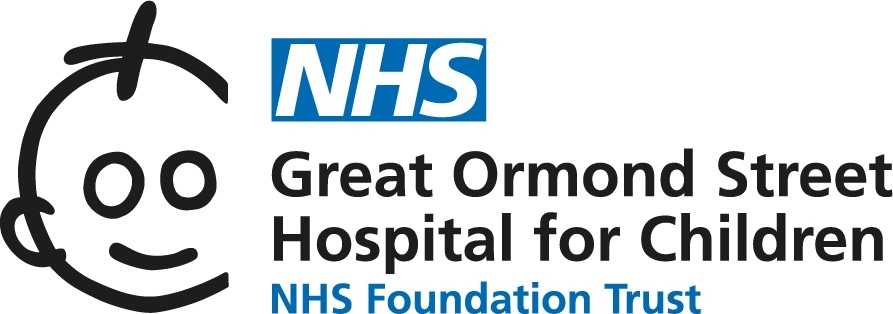Zoom’s integration with Epic enabled GOSH to schedule and launch video visits securely and seamlessly within an Epic workflow.
“We cancelled people’s physical appointments and rescheduled them in Epic with video-visit capabilities,” Dr. Sridharan said. “In that way, the link to the visit is through Epic. This gives us trusted access so you’ve got the right doctor contacting the right patient.”
A new way of working
“We were in a scenario where we had cancelled patient appointments, had a workforce where half of them were offsite — how do you continue to deliver care?” Dr. Sridharan asked.
“We had our video-visit capability to continue delivering care to patients, but we also used video for staff meetings — both were fundamental,” he said. “You need to be able to meet to run a hospital. Operationally, it was a godsend for response meetings and departmental meetings.”
Early on, GOSH used Zoom Webinar to create a virtual chief executive update series, which has continued throughout the pandemic. “This was something we had never done before. They’ve become very popular for dissemination of trusted information, to convey confidence, to let people know what’s happening,” Sridharan said.
Zoom continues to be the platform of choice at GOSH for patient-facing clinical meetings (and multidisciplinary team meetings, or MDTs), teaching and training webinars, and international sessions. GOSH even hosted a webinar with doctors from Wuhan, China, where COVID-19 was first reported, to learn about fighting the virus firsthand. “It’s really valuable, as a teaching hospital, to be able to do all this,” Sridharan said.
‘Unpausing life’ for children in the hospital
Dr. Sridharan believes the physical, social, and emotional aspects of connecting via Zoom are just as important, especially for children in isolation and families going through difficult situations.
“Little children quite like eating together, but our patients are in their rooms because they’ve got cancer or their blood count is low. We’d like to create a way so they can eat lunch with each other over Zoom. It will promote wellness and make them feel not as lonely,” he said.
His team is considering how to brighten the lives of young patients who have put a pause on school, activities, and home life during a hospital stay. Dr. Sridharan wants to use Zoom to “unpause life” by allowing children to see and experience their normal environment back home.
“You might have one parent with a sick kid in the hospital and one parent at home with the other children,” he said. “Why can’t we have a portal into that family’s dining room?”
The future of video visits at GOSH
“If there’s one benefit from a crisis, it’s people coming together and taking out obstacles,” Dr. Sridharan said. “We went from a standing start to video-visit capabilities for 5,000 people in eight days. At the time, we hadn’t realised we were creating a ‘hospital without walls.’”
From March 2019 to 2020, fewer than 1% of all outpatient appointments at GOSH were delivered by video. From March 2020 to 2021, 24% of outpatient appointments were being delivered via video. Two-thirds of patients and parents surveyed in the early months of 2021 said they were extremely likely to recommend a virtual visit.
A survey of clinicians found that 95% of clinicians were likely to continue to use video visits after the pandemic. That’s why GOSH is exploring how to go beyond its current video visit capabilities and leverage Zoom in more ways to provide safer, better, and kinder care.
“We would like to do more with multi-party visits through Epic — having an interpreter online at the same time, having two doctors online with a patient, or two family members at different sites,” Dr. Sridharan said.


